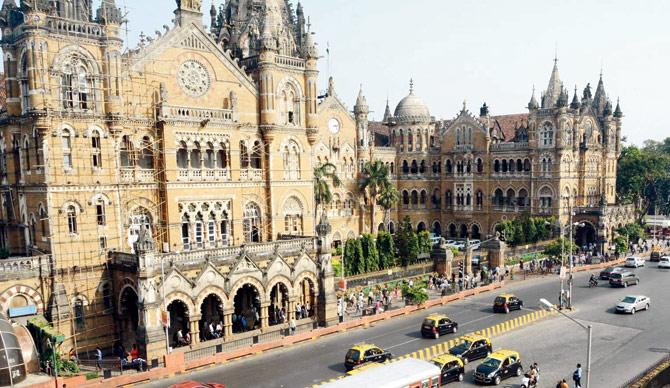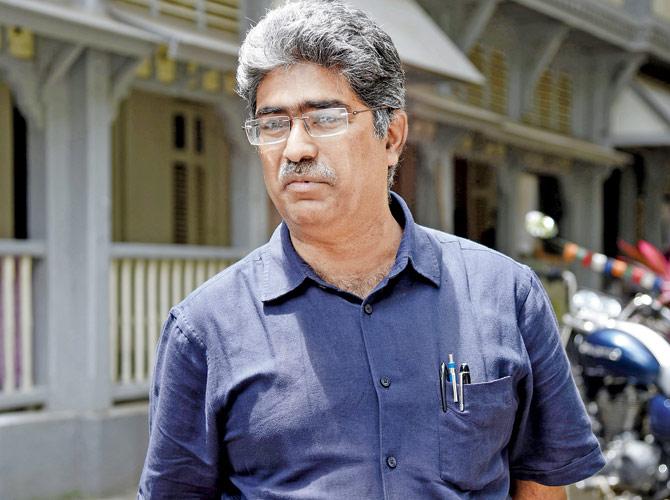Architects and conservationists join the debate around air-conditioning of heritage station, saying work should not affect its historic characteristics


The current AC units and ducts at CSMT
ADVERTISEMENT
Following mid-day's front-page report on Central Railway's controversial plan to install central air-conditioning (AC) at the Chhatrapati Shivaji Maharaj Terminus (CSMT), conservation architects and experts have weighed in on the AC debate. Their opinion: if this initiative is taken up at all, it needs to be executed with sensitivity, as part of a detailed overall plan made after consultation with experts.
CSMT is not just a Grade 1 heritage structure, but also one of the 36 sites Indian sites on the UNESCO World Heritage list. Any alterations and changes to it will require a nod from the local heritage committee and the UNESCO panel.

Any alterations and changes to CSMT will require a nod from the local heritage committee and the UNESCO panel. File Pic
Tasneem Mehta, vice-chairperson of Indian National Trust for Art and Cultural Heritage (INTACH), is batting for discussion before execution of this plan. "The issue must be discussed with experts and conservation architects. It may not be necessary for all areas to be air-conditioned. In any case, a lot of it already exists for the offices. This can be upgraded to international requirements and done with sensitivity," she told mid-day.
Very worrisome
Conservation architect Vikas Dilawari, who has been associated with the restoration of CSMT said, "Complete air conditioning of any heritage building in isolation is very worrisome. It is important to understand the need for it first and then implement it with extreme care on a World Heritage site like CSMT. Proper detailed drawings and office layouts are required to work out the same. The cabling, ducts, refrigerant pipes and drains all have to be adjusted carefully and it's not easy to do by compromising on the historic finishes (decorated false ceilings or teakwood rafters, Minton tiles, etc.) and adjusting aesthetics."

Vikas Dilawari
Go with the wind
Meanwhile, city experts said the building was designed for natural ventilation by 19th century architect FW Stevens. He was very careful about this aspect in the building's strategic east-west positioning with respect to the sea, which is why there is always wind blowing in the corridors of the building.
"Stevens was an amazing architect who built a Gothic building with an Indian soul. The design took into consideration the tropical climate of our city and provided adequate cross ventilation. Centrally air conditioning all of CSMT will end up damaging this iconic site," said Bharat Gothoskar, mechanical engineer and founder of heritage city-walks platform Khaki Tours.
Architect Jagdeep Desai said, "Natural ventilation is preferable for any artificial system, unless it is absolutely not possible. Do they want to allow fresh air, or cool the interior? And if so, by how much, will the cost and effort, be worth it? What type of air conditioning is not important, except that VRF (Variable refrigerant flow) might be more expensive."
"I would suggest a portable tower floor-standing air conditioning units with a local on-off switch. It will be less costly," he added.
 Subscribe today by clicking the link and stay updated with the latest news!" Click here!
Subscribe today by clicking the link and stay updated with the latest news!" Click here!






